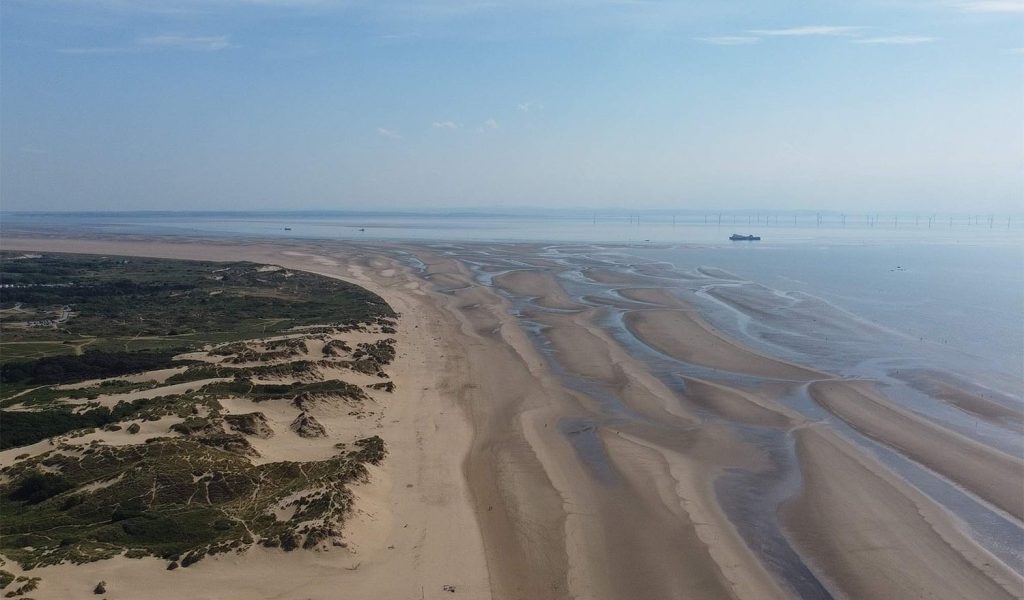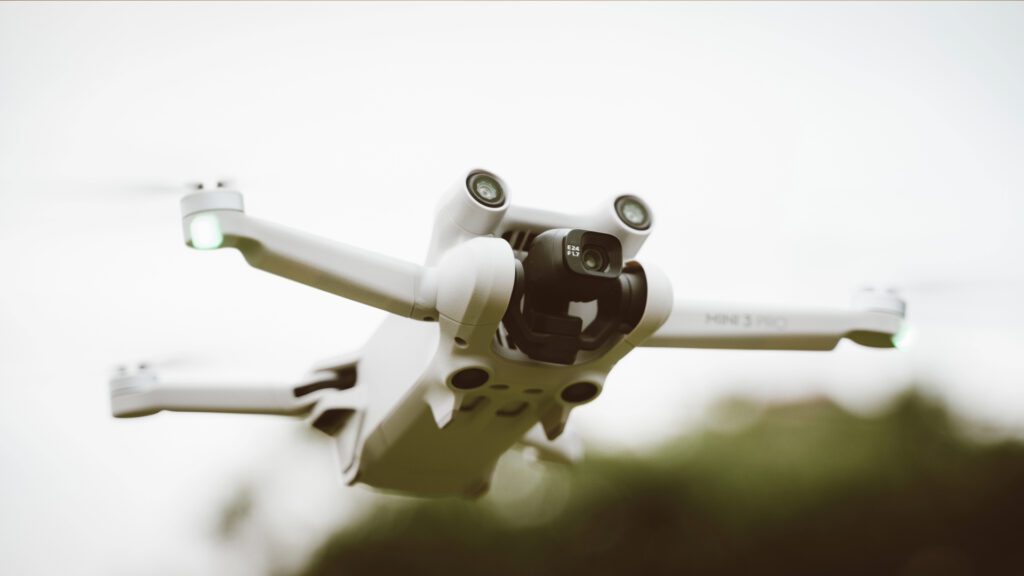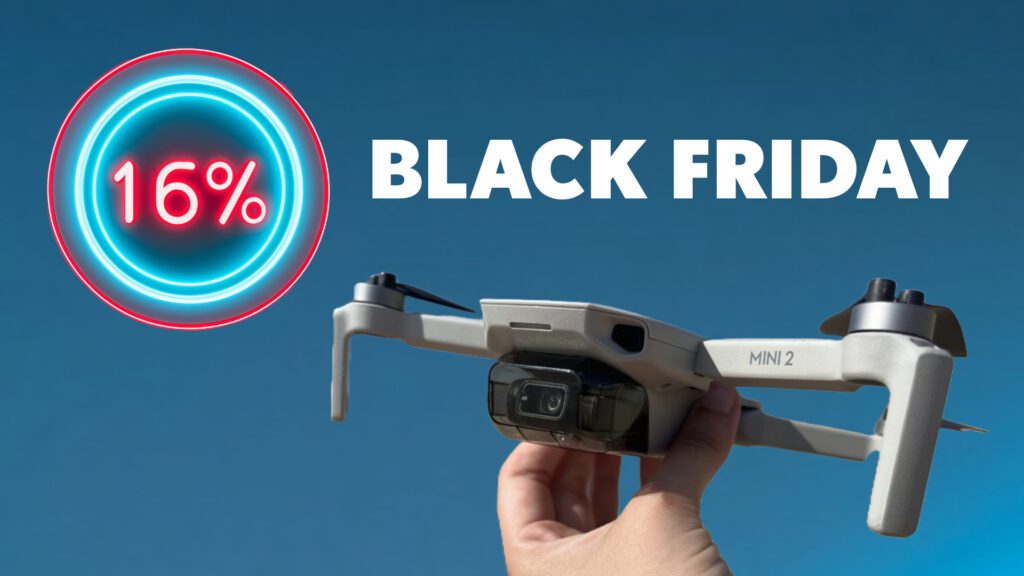So you’re ready to take your drone to the skies, but before you do, it’s important to understand where you can safely fly it – and legally of course!
This knowledge is crucial to avoid any legal issues or accidental mishaps during your drone adventures. In this comprehensive guide, we’ll walk you through various locations that are suitable for drone flights. We’ll also introduce you to some handy tools that can help you discover new and exciting places to fly your drone while ensuring that you stay compliant with its rules and regulations…
Get ready to explore the world of drone-friendly zones and unlock a whole new level of aerial possibilities!
Know Before You Fly
First, we must understand the boring legal side of things – a.k.a. drone regulations and restrictions. Save yourself from encountering any avoidable legal issues or penalties by following the ‘drone law code’ – so to speak.
Understanding Drone Regulations
Albeit not the fun part, drone regulations are in place to ensure the safety of both the public and the surrounding airspace. Set by governing bodies and aviation authorities, they cover things such as drone registration, pilot certifications and flight restrictions.
Now, drone regulations and guidelines tend to differ across countries, regions and localities so make sure you research the guidelines relevant to your area. For example, although drones under 250 g in the US do not need to be registered, all drones with a camera – regardless of weight – do require registration in the UK.
If you plan to use your drone for commercial purposes, note that the US requires that you pass a Part 107 certification.
General regulations to follow in any region:
- Make sure you always have a copy of your drone registration/certifications to hand. Whether this is your Operator ID or certification to drone – on email or physical copy.
- Always maintain Visual Line of Sight (VLoS) of your drone when flying.
- Do your research on any local restrictions or legal requirements.
Read our complete overview to understand drone regulations in full.
Airspace Restrictions and No-Fly Zones
It’s frustrating to get to a location and just when you’re about to take off with the drone, the app tells you that you’re in a restricted airspace zone and “takeoff is prohibited.” Trust me, I’ve been there!
When you find a place you want to drone, before you even think about getting to your front door, do your research on the location either through the DJI Fly app or through your local government/council’s website. This way you can make sure it is not within a restricted airspace or there’s no events on, such as a race.
General list places to avoid in any region:
- Airports
- Military bases
- Prisons (not sure why you’d want to)
- Advertised events/public gatherings (festivals, sports, races)
- Certain council-ran or National Parks
Now that we’ve covered places to avoid, let’s get to the fun part. Where can you drone, and how do you find these places?
Finding places to drone
Finding places to drone is easier than you think. Once you’ve got a handle of looking for patterns, such as open spaces devoid of public crowds/gatherings, and not places specifically stating ‘no-drone zone’, you will be able to find optimal places to drone.
Here are a few tools we use to find fresh places to capture cool aerial shots and avoid any implications.
Check out tips to improve your aerial photography skills.
Use Google Maps
Places of nature are a good place to start. So consider places such as; parks, lakes, rivers, castles and harbours.
Our DJI got the first taste of the skies in our local park. We sat on a nearby bench in the early evening in winter with just a few passersby and dog walkers around which made the scene appropriate and safe – and a good place to practice without peering eyes!
Since then, we’ve transitioned to lakes, castles, coasts and mountains, and the list goes on.
By making use of Google Maps’ satellite view mode, you can see a more detailed and realistic aerial perspective of the place you wish to drone. Once you’ve identified a legal and safe location, you can take it a step further by switching to 3D mode. This allows you to visualise the area from the perspective you intend to drone, gaining a clearer picture of the terrain and surroundings, enabling you to plan your drone shots beforehand. You may also be able to determine nearby parking spots to stop and capture different angles.
Use the DJI Fly App
The DJI Fly app is a powerful tool that can assist you in discovering new locations while ensuring compliance with drone regulations.
Follow and use the key system to learn certain GEO zones and their restrictions. For example, some restricted zones require “unlocking” before you can take off with your drone. Other zones will strictly prohibit take off and you will be unable to take off with your drone. Other zones just have distance and altitude limits.
The built-in map identifies drone fly zones, including restricted areas, and geofenced locations. So you can quickly identify areas where drone flight is prohibited and avoid any unintentional violations and potential penalties.
Considerations
Cross referencing both tools above will allow you to find new locations whilst ensuring that they are safe and legal to drone. But, bear in mind the way each landmark may enforce its own rules for photography and drones. It may be perfectly fine to drone a historic site, such as a castle. However, other preserved sites may enforce their own restrictions for public safety and so, droning may not be permitted. Make sure to check with the local authority beforehand. Trust me, you don’t want to find yourself in a sticky situation after sharing an amazing shot taken in a no-drone zone.
Bonus tip: UK drone enthusiasts
We’re a UK based couple of droners so this tip applies to fellow drone enthusiasts in the UK – yet I’d imagine it applies to parks of similar fashion such as National Parks in the US.
Although National Trust prohibits the use of drone operation from their grounds, the airspace within the NT area cannot legally be regulated. Therefore, as long as take off and landing of the drone is done outside of NT land, such as the car park, you’re quids in. That being said, there may be a potential of you being asked to take down the drone – something to bear in mind.
We’ve also known drone pilots to drone NT areas outside of open hours/days. This way they avoid any potential confrontation as there won’t be public being disturbed below, and less patrolling staff.
Furthermore, we regularly use The Drone Scene to find fresh drone spots both near and far. For those of you who don’t know, it’s basically an interactive map where people share the spots they’ve droned across the UK. They drop pins, give you coordinates, and even offer tips on parking spots. If you haven’t already, definitely check it out!
Have a look into our rating for the Top Drone Flying Spots In The UK.
Finally, be sensible and considerate
Ultimately, when it comes down to it, the key to getting things done smoothly and avoiding issues is to use common sense. Don’t do what you wouldn’t like done to you. Be mindful of the time of day you wish to drone at, when people are most likely to be out and gathering, and try your best not to disturb the peace.
With that said, here are a few essential key takeaways to fly responsibly:
- Fly your drone away from others.
- Maintain VLoS at all times.
- Try not to hover too much.
- Steer clear of flying over crowded events and other no-fly zones.
- Always do your research beforehand.
… And you should have a trouble-free droning experience.
FAQs: Where Can You Fly Drones?
Can I fly my drone anywhere I want?
In short, no you cannot fly your drone anywhere you want. Drone flight is subject to legalities, regulations and restrictions to ensure safety and privacy. The specific rules may vary depending on your country or region. So, do your research to find what legal regulations you must comply with in your area before taking to the skies. Always fly responsibly.
How can I find drone-friendly areas near my location?
The DJI Fly app is a great indicator of showing the areas that are restricted, no-fly zones, or safe drone-flying zones. Google Maps is also a great tool to find landmarks and suitable areas for drone flights before you go out and fly. Use these tools and general common sense to make informed decisions about where to fly your drone safely and responsibly. Make sure you do your research on the selected location before heading out, in case of any ongoing public events or local/council restrictions.
What are the penalties for flying a drone in restricted airspace?
The penalties for flying a drone in restricted airspace can vary depending on the jurisdiction of the enforcer and severity of the violation. Flying over a military zone would yield an entirely different penalty to say flying over a wildlife protection site. In general, penalties may include fines, confiscation of the drone, suspension or revocation of the pilot’s license or registration, and potential legal consequences such as criminal charges.
To avoid penalties, familiarise yourself with local drone regulations, respect no-fly zones, and fly responsibly within the designated airspace.




